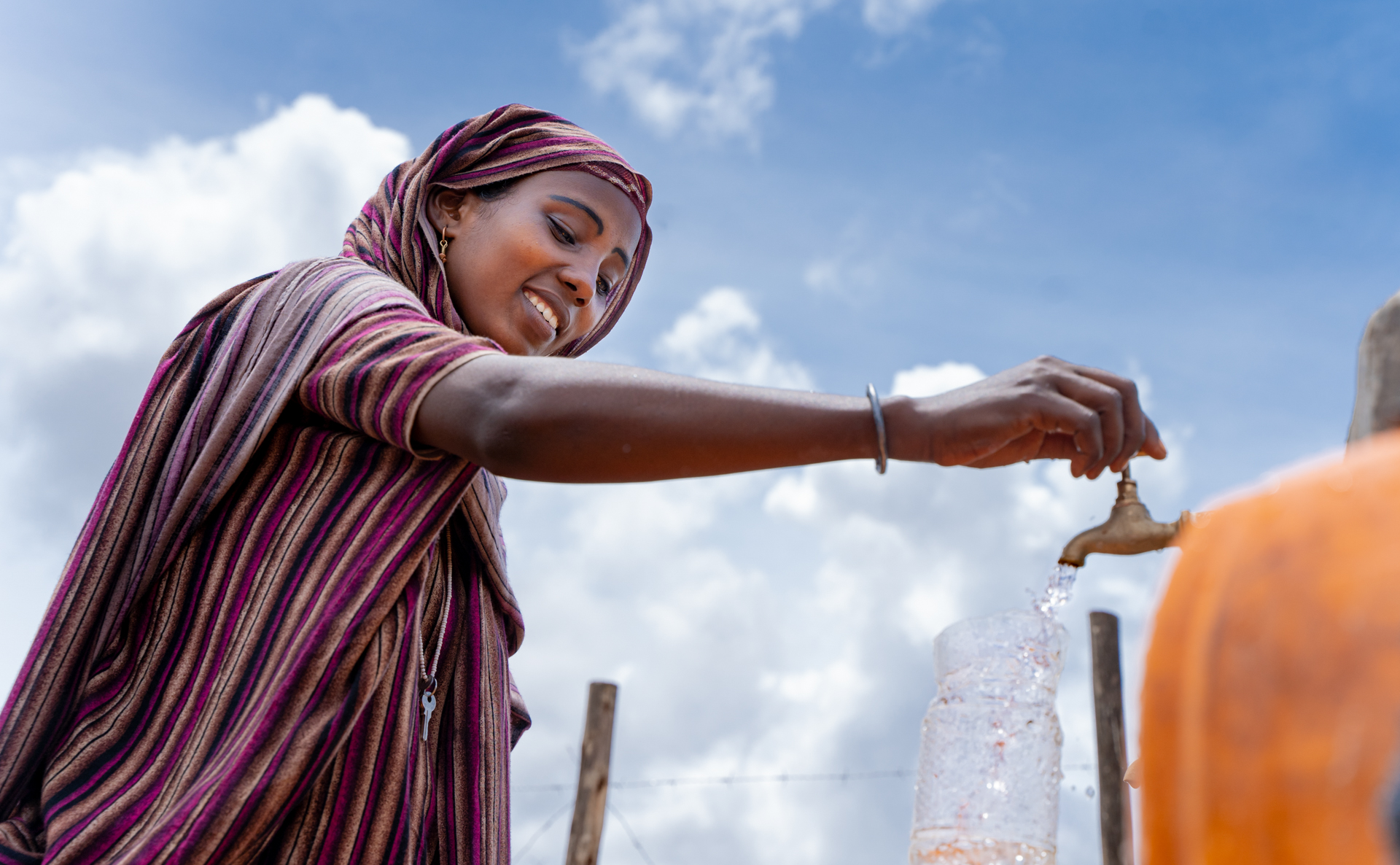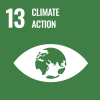Ethiopia, 16 November 2023 – Throughout history, people have moved for many reasons – sometimes to seek safety, other times in search of opportunity. Although most displacement in Ethiopia in recent years has been driven by conflict, people are increasingly on the move because of climate change.
Across the country, severe drought and extreme weather events have threatened livelihoods, killed livestock and led to massive movements of people. Migration is frequently used as a coping mechanism and solution to mitigate the impact of climate change, particularly for those who practice transhumance.
According to data collected by the International Organization for Migration (IOM) through its Displacement Tracking Matrix (DTM), over 800,000 people were internally displaced by drought between November 2022 and June 2023. An additional 1.1 million people in six regions have been impacted by floods and landslides according to the Ethiopia Disaster Risk Management Commission (EDRMC). These movements are often unmanaged, forced and unsafe, resulting in humanitarian and protection concerns.
IOM has supported hundreds of thousands of drought-affected persons across Ethiopia, but more must be done as the effects of climate change show no sign of abating.
Climate displacement, however, goes beyond just the statistics. Every person displaced due to environmental factors has a story worth telling. Here are some of the faces of climate displacement in Ethiopia.

Wejado
Wejado, 65, is the father of eight children. In 2012, he fled to Gelabo, Konso in the southwestern part of Ethiopia, due to conflict. A few years later, he found himself in another predicament, facing the consequences of drought. “The conflict that I tried to run away from killed my four oxen and five goats. I brought what was left when we moved here. With this drought, followed by the flooding, I’m afraid I will lose my livelihood again,” he says.

Gelgaye*
Ten-year-old Gelgaye has severe autism. Like many families in Konso zone where they now live, Gelgaye, his parents and siblings were initially displaced due to conflict. The drought has caused new challenges for the family, particularly in finding work opportunities to help pay for Gelgaye's medical expenses.
“Gelgaye never moved his body properly until he was seven. He used to hold his hands and legs together,” says Gelgaye's mother. “Now, even though life is tough here, I am happy and grateful that he plays around and walks slowly.”
The family is now living in a shelter with support from IOM and receives cash assistance to help them mainly with health-related services.
*This interview was done with the help of a Mental Health and Psychosocial Support officer.

Tayech
Tayech, 25, is a mother of two. Together with her husband, they moved their family to the Gelabo site for internally displaced persons (IDPs) in 2012 due to the conflict. She gave birth to her youngest baby at the IDP site six months ago.
“This is not the first time we fled due to conflict. I’m afraid we might have to move again due to the drought here,” she says. “I want to go back to my life. I want to have a real home for my children, get back to my land and continue farming. Even though I am grateful for all the support we get here, this is not home.”

Debo
Debo is 20 years old, married with one child. “Like many people in this area, my family fled here to Dubuluk due to the drought. It is not perfect, but we feel safe here,” she says. “There is help and there is water all day. Sometimes when I did not have money, I had to ask for help or beg, but now it is free in the compound.”
“We need cattle, and I’m working hard to buy one for the family. Here the camp is close to the town and the market. I want to stay here and live a regular life.”

Dabo
When Dabo left her hometown due to the severe drought, she never thought that she would find an opportunity to put her passion for teaching to use.
“I left school early because I started a family,” she says. “While the drought left me with nothing, coming here has allowed me to work with IOM as one of the hygiene promoters in the site.”
“As a hygiene promoter, my responsibilities are big. I teach my community about hygiene, which is very important in this kind of camp setting. I am very happy that I found a job and can help my people. I teach about environmental hygiene, water and sanitation, washing hands, safe water chain, how to keep their water jerry cans clean, and latrine management.”

Konischa
Konischa, 65, vividly remembers walking for over seven hours to leave an area in Ethiopia that had been greatly impacted by the drought.
“I lost everything,” he says. “While this is not home, we are better off here. I think about my children and their future. Here, maybe they have a better chance for a fruitful life.”
Communities in southern and north-eastern parts of Ethiopia are suffering from a devastating drought following four consecutive failed rainy seasons beginning in late 2020. The worst drought in 40 years. The drought is expanding in scope and scale into other areas of the country. The staggering scale of livestock deaths – more than 4.5 million have died since late 2021 and a further 30 million weakened and emaciated livestock are at risk – is significantly affecting livelihoods.
One of every four outgoing as well as returning migrants is from drought-affected regions of Ethiopia, with the Somali, Oromia, and Afar Regions the most severely impacted. The drought continues to reduce the ability of home communities to support migrants in transit or upon return, while limited food availability is leading to increased migration, as affected populations move in search of water, pasture, and assistance.
This photo story was written by Kaye Viray, Media and Communications Coordinator for IOM Ethiopia. Photos: IOM 2023


